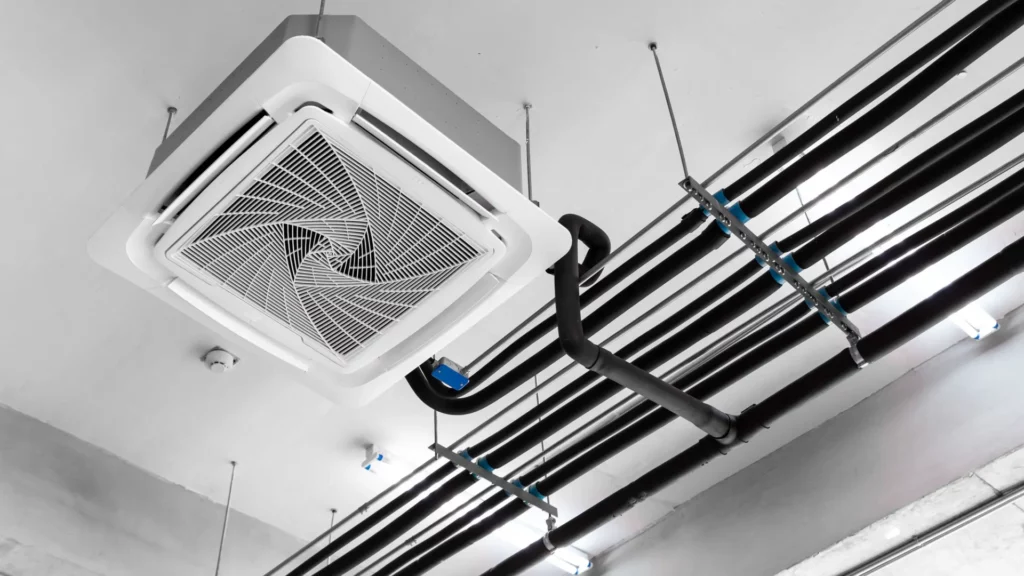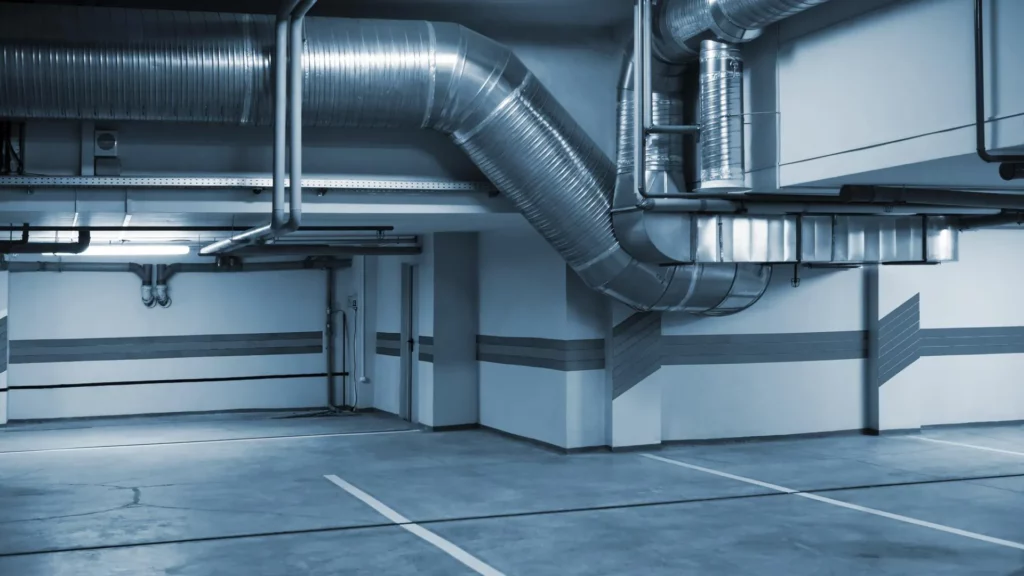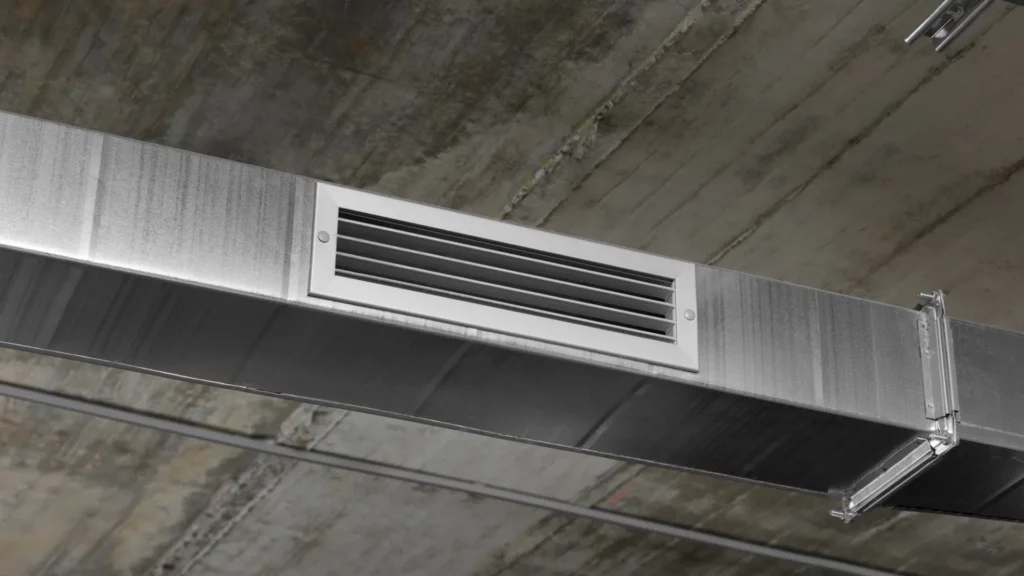How Much Electricity Does a Ventilator Use?
The topic of ventilation and its energy consumption is often overlooked in discussions about building efficiency and environmental impact. However, the question of “How much electricity does a ventilator use” is crucial for a variety of reasons, ranging from cost management to environmental sustainability. This comprehensive guide aims to dissect this question in detail, providing in-depth insights for homeowners, building managers, and environmental enthusiasts. We'll explore everything from the basics of ventilation to the nitty-gritty of energy consumption and efficiency strategies.
Understanding Ventilators in Modern Buildings
What is a Ventilator?
In the realm of building management, a ventilator is more than just a fan. It's a complex system designed to ensure the circulation of fresh air, the expulsion of stale air, and the maintenance of a comfortable and healthy indoor environment. This system is an integral component of a building's HVAC (Heating, Ventilation, and Air Conditioning) system, often working in tandem with heating and cooling components to regulate indoor air quality and temperature.
The Critical Role of Ventilators
- Health and Indoor Air Quality: Ventilators are pivotal in controlling indoor air quality. They help in reducing the concentration of indoor pollutants, allergens, and moisture, which are crucial for maintaining good health and comfort.
- Temperature Regulation and Comfort: By removing excess heat and introducing fresh air, ventilators play a significant role in maintaining a comfortable indoor temperature. This is especially important in areas with high temperatures or limited natural ventilation.
- Energy Efficiency and Cost Implications: Proper ventilation can significantly reduce the reliance on air conditioning units, leading to lower energy consumption and cost savings. Inefficient ventilation can lead to higher energy bills and increased wear and tear on heating and cooling systems.

Delving into Ventilator Electricity Consumption
Factors Influencing a Ventilator's Power Usage
- Size and Capacity: The physical size and air-moving capacity of a ventilator directly impact its energy consumption. Larger ventilators, often found in commercial and industrial settings, require more power to operate effectively.
- Frequency of Operation: The amount of time a ventilator operates greatly affects its overall energy use. Continuous operation or frequent cycling on and off can lead to higher electricity consumption.
- Model and Efficiency: The specific model of a ventilator and its built-in efficiency features play a significant role in determining its power usage. Energy-efficient models, although sometimes more expensive upfront, can lead to substantial energy savings over time.
Quantifying Electricity Usage in Ventilators
Understanding “how much electricity does a ventilator use” involves looking into its power rating and operational hours. The power rating, typically given in watts (W) or kilowatts (kW), indicates how much power the ventilator consumes when operating. To calculate the electricity used, one would multiply the power rating by the number of hours the ventilator is in use, resulting in a figure in kilowatt-hours (kWh), the standard unit for electricity billing.
Average Power Consumption Patterns
- Residential Ventilators: These are usually smaller and less powerful than their commercial counterparts, consuming between 10 to 100 watts. However, several factors can influence this number, including the ventilator's efficiency, usage patterns, and environmental conditions.
- Commercial and Industrial Ventilators: Due to the larger areas they need to service, these ventilators can consume a significant amount of power, ranging from a few hundred watts to several kilowatts. The specific requirements of the space, such as the need for continuous ventilation in high-traffic areas or industries with specific air quality needs, can greatly influence power usage.
Read More About Energy-Efficient Commercial Ventilation
The Broader Implications of Ventilator Energy Use
Economic and Cost Considerations
- Impact on Household and Commercial Budgets: For homeowners, understanding “how much electricity does a ventilator use” is important for managing household expenses, especially in regions with high energy costs or extreme weather conditions that necessitate continuous ventilation. In commercial buildings, ventilation can account for a significant portion of the total energy consumption, impacting operational budgets.
- Long-term Cost-Benefit Analysis: While energy-efficient ventilators might have a higher upfront cost, their long-term savings on energy bills can be substantial. A careful analysis considering the initial investment versus long-term savings is crucial for making an informed decision.
Environmental Considerations and Sustainability
- Reducing Carbon Footprint: Energy-efficient ventilation systems contribute to reducing a building's overall carbon footprint. This is particularly important in the context of global efforts to combat climate change.
- Maintenance for Optimal Performance: Regular maintenance of ventilation systems is not just about preventing breakdowns. Well-maintained systems operate more efficiently, consume less power, and have a longer operational life, contributing to both economic savings and environmental sustainability.

Strategies for Enhancing Ventilation Efficiency
Tips for Minimizing Power Consumption
- Regular Maintenance and Inspections: Keeping the ventilation system in top condition is key to ensuring it operates efficiently. This includes cleaning filters, checking for duct leaks, and ensuring that all components are functioning properly.
- Incorporating Smart Controls: Advances in technology have led to the development of smart ventilation systems that can adjust airflow based on real-time needs, occupancy levels, and external weather conditions. Such systems can significantly reduce unnecessary ventilation, thereby saving electricity.
Choosing the Right Ventilator for Your Space
- Needs Assessment and Custom Solutions: Each building is unique, and so are its ventilation needs. Conducting a thorough assessment of these needs, considering factors like building size, typical occupancy, local climate, and specific air quality requirements, is crucial in selecting the right ventilator.
- Consultation with HVAC Experts: Collaborating with HVAC professionals can provide valuable insights into the most suitable and energy-efficient ventilation systems. These experts can offer tailored solutions that balance initial investment with operational efficiency and long-term savings.
Innovations in Ventilation Technology
Emerging Technologies in Ventilation Systems
The field of ventilation technology is rapidly evolving, introducing innovations that promise to revolutionize how we manage indoor air quality and energy consumption. These advancements include ultra-efficient motors, smart ventilation systems that adapt to real-time air quality data, and designs that maximize airflow while minimizing energy use. Such technologies are paving the way for greener, more sustainable buildings that can actively contribute to energy conservation.
The Role of Smart Home Systems in Ventilation
Smart home technology is increasingly being integrated with ventilation systems. These systems can learn from user behavior, adjust ventilation rates based on occupancy, and even sync with other smart home devices for optimal energy use. This integration not only enhances user convenience but also ensures that ventilation systems operate at peak efficiency, reducing unnecessary energy consumption.
Ventilation and Building Design
Architectural Considerations for Optimal Ventilation
Modern architecture plays a pivotal role in the efficiency of ventilation systems. Architects are now designing buildings with natural ventilation in mind, using strategies such as strategic window placement, thermal mass construction, and passive solar design. These design choices can significantly reduce the reliance on mechanical ventilation, thus lowering the overall energy footprint of a building.
The Impact of Building Materials on Ventilation Efficiency
The choice of building materials can greatly affect the efficiency of ventilation systems. Materials with better insulation properties, for example, can help maintain indoor temperatures, reducing the load on ventilation systems. Similarly, the use of reflective or breathable materials in construction can influence the indoor climate, affecting how much and how often mechanical ventilation is needed.
See Also Our Post About How to Save Money and Energy in Ventilation

Environmental Impact and Regulatory Standards
Ventilators and Their Environmental Footprint
The environmental impact of ventilators extends beyond their electricity consumption. The manufacturing, operation, and disposal of ventilation systems all contribute to their ecological footprint. As such, there is a growing emphasis on developing ventilators that are not only energy-efficient but also made from sustainable materials and designed for easy recycling at the end of their lifespan.
Regulatory Standards and Energy Compliance
Governments and international bodies are increasingly setting standards for ventilation system performance and energy consumption. These regulations often mandate the use of energy-efficient models, regular maintenance to ensure optimal performance, and the phasing out of older, less efficient systems. Staying informed about these regulatory standards is crucial for compliance and for reaping the benefits of energy-efficient ventilation.
The Future of Ventilation Technology
Trends and Predictions for Ventilation Systems
The future of ventilation technology looks promising, with trends pointing towards even greater efficiency, smarter control systems, and a deeper integration with renewable energy sources. Innovations like solar-powered ventilators and AI-driven ventilation control systems are on the horizon, which could dramatically reduce the energy consumption and environmental impact of these systems.
Research and Development in Ventilation
Significant research is being conducted in the field of ventilation, focusing on creating systems that are not only energy-efficient but also enhance indoor air quality and user comfort. This research spans multiple disciplines, including material science, environmental engineering, and IoT technologies, reflecting the multidisciplinary nature of modern ventilation solutions.
Educating Consumers and Professionals
The Importance of Consumer Education
Consumer awareness and education play a crucial role in the efficient use of ventilation systems. Many consumers are unaware of how different settings and usage patterns can impact energy consumption. Educational campaigns and resources can empower consumers to make better choices, both in terms of purchasing energy-efficient systems and in their day-to-day operation.
Training for Professionals
Professionals in the HVAC industry must stay abreast of the latest developments in ventilation technology. Ongoing training and certification programs ensure that these professionals are equipped to design, install, and maintain the latest systems, thereby optimizing their performance and energy efficiency.
Frequently Asked Questions (FAQ)
What are the Supply Requirements for Mechanical Ventilators?
Mechanical ventilators, crucial in various healthcare settings, require specific supply elements to function effectively. These include a consistent and reliable power source, access to medical-grade oxygen or air supply, and compatible tubing and filters. Additionally, depending on the type of ventilator, other supplies such as humidifiers and bacterial filters may be necessary. Ensuring that these supplies meet the required medical standards is essential for the safe and efficient operation of mechanical ventilators.
What are the Requirements for Mechanical Ventilators Power?
The power requirements for mechanical ventilators vary based on the model and the intended use (e.g., intensive care, portable, or home use). Generally, they need a stable electrical supply, typically within the range of 100-240 volts AC at 50-60 Hz for most stationary units. Portable ventilators may additionally require battery power for mobility, with requirements for battery life and recharge times varying significantly among models. It's crucial for healthcare facilities to ensure a reliable power source, including backup systems like uninterrupted power supplies (UPS) or generators, especially in critical care settings.
Can Supplies Help Mechanical Ventilators Function?
Yes, certain supplies are fundamental to the functionality of mechanical ventilators. These supplies include but are not limited to, air filters, oxygen supplies, power sources, and humidifiers. Proper maintenance and timely replacement of these supplies are vital to ensure that the ventilator functions effectively and safely. Inadequate or faulty supplies can lead to malfunctions or reduced efficiency of the ventilator, which can be critical in patient care settings.
Do Power Supplies Help Mechanical Ventilators?
Power supplies are integral to the operation of mechanical ventilators. They provide the necessary electrical energy for the ventilator to function. In stationary settings like hospitals, ventilators are typically connected to the main electrical supply, with backup systems in place. For portable or field-use ventilators, battery power is crucial, offering mobility and the ability to provide respiratory support without being tethered to a fixed power source. Ensuring a reliable and adequate power supply is crucial for the continuous and effective operation of these life-support systems.
How Much Electricity Does a Ventilator Use: Conclusion
In summary, the question “how much electricity does a ventilator use” is a complex one, with implications that extend beyond simple energy consumption. It encompasses considerations of health, comfort, environmental impact, and economic efficiency. Whether for a residential home or a large commercial building, a deep understanding of ventilator energy usage is a vital component of effective building management and environmental stewardship.
Sources:

